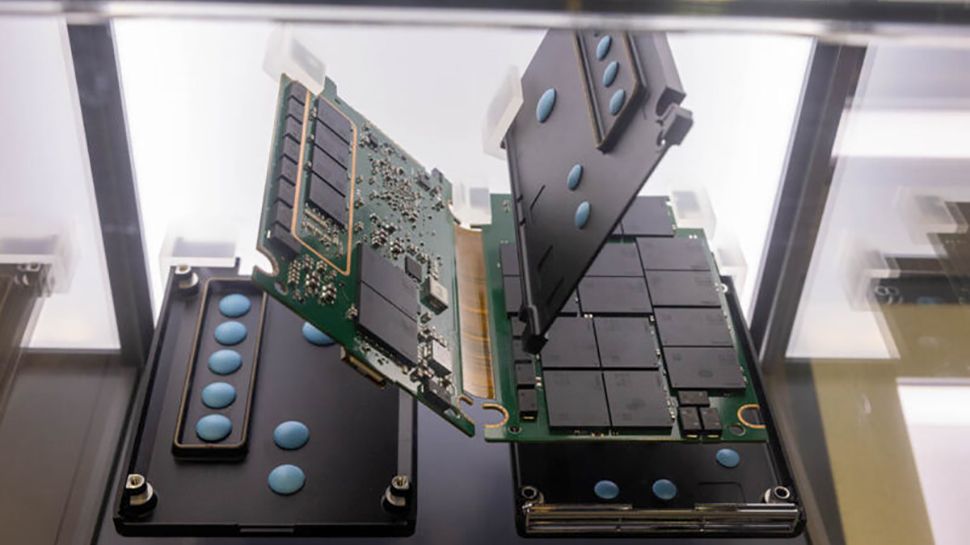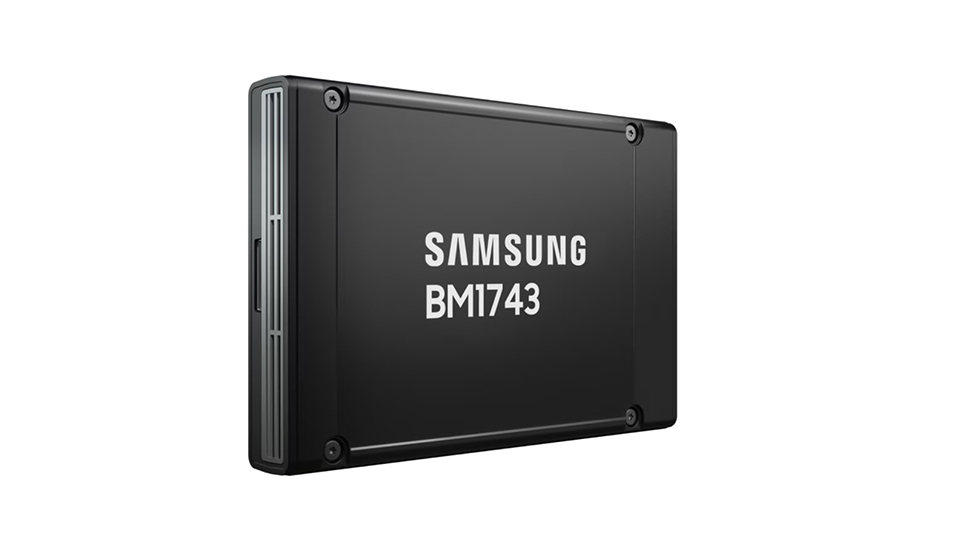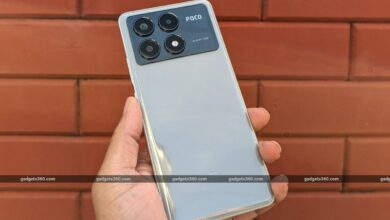Samsung shows off the internals of its 128TB SSD in all its glory, but with a strange caveat: the QLC-based BM1743 won’t be going on sale anytime soon and has a very short but strange retention of 1 month

High-capacity SSDs are becoming increasingly important as demand for data storage continues to grow. Companies such as Samsung, Huawei and Phison have already announced this year that they will be using 128TB SSDs. These drives provide a huge storage boost, essential for industries such as AI, big data and cloud services where large amounts of information need to be processed and stored efficiently.
Huawei’s 128TB SSD will be part of its Exabyte-capable OceanStor A800 series, highlighting the need for such drives in large-scale data environments. Phison’s enterprise SSD platform, with its potential for 128TB capacity, also demonstrates how these drives will play a crucial role in handling high-performance, data-intensive applications.
Samsung recently unveiled its new 128TB SSD, the BM1743, at the Future of Memory and Storage 2024 event (formerly Flash Memory Summit). The drive, which has 122.88TB of usable storage, was shown with an exploded view, giving attendees a glimpse of what’s inside. ServeTheHomewho covered the event, shared details and photos of the SSD’s internal structure, including the two PCBs filled with NAND and DRAM chips. However, booth representatives did not allow additional photos, limiting the viewing angles.

One month retention
Billed as the industry’s largest QLC SSD, the Samsung BM1743 features a massive 128TB capacity with sequential read speeds of 7,500 MB/s and write speeds of 3,000 MB/s, along with a notable 45 percent improvement in power efficiency.
The drive does have an interesting caveat, however: it only offers one month of data retention, meaning that without power, data stored on the SSD can start to degrade after 30 days. This suggests that the BM1743 is designed for environments where data is in constant use and accessed frequently, such as large AI or cloud computing systems, rather than for long-term data storage.
The BM1743 uses QLC NAND, designed to increase storage capacity while keeping costs down. Samsung revealed that the SSD can achieve 45K random write IOPS at 16KB, reflecting an industry shift toward higher performance benchmarks from the traditional 4K IOPS measurements. The larger 16KB standard is becoming increasingly common, particularly in drives intended for high-capacity environments.
While the BM1743 was a big feature at Samsung’s booth, it’s not yet available to purchase in its high capacity. The focus of the event suggests that Samsung is gearing up for its release, but there’s currently no indication of when that will happen.




